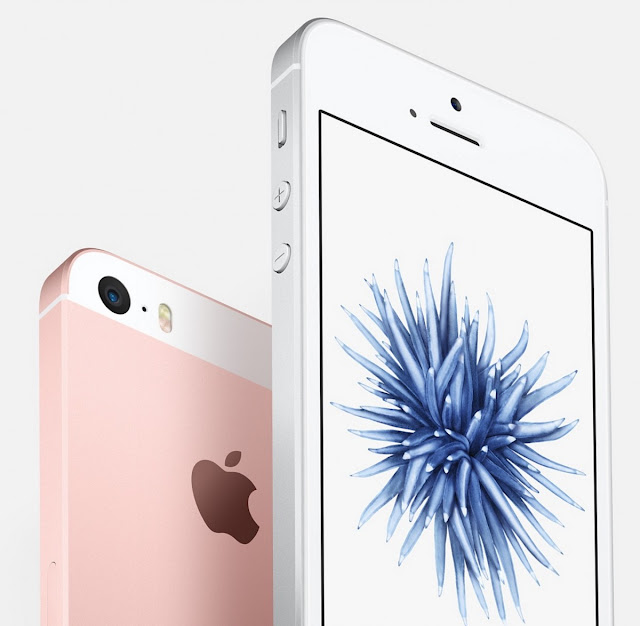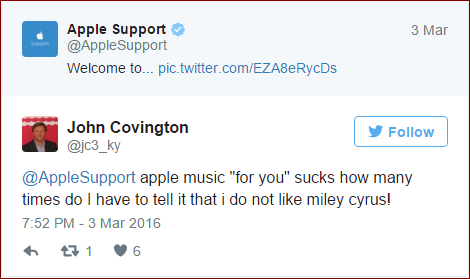The
European Union warned us this week not to expect
a speedy conclusion to the long-running investigation into the legality of Apple’s tax arrangements in
Europe. The delay follows a decision back in December to
expand the scope of the investigation.
But while
the wheels of EU tax investigations may grind exceedingly slowly, I’d be
willing to wager quite large sums of money on the final outcome. It looks to me
increasingly clear that Apple’s tax arrangements with the Irish government are
going to be declared illegal, and that Apple is going to be faced with a
significant bill for unpaid tax …
Let’s start with the basics
of how the whole situation arose in the first place. You can skip this
section if you’re already up to speed on the background.
In a
simple world, one of two things would happen when I buy an iPhone in the UK.
Either the Apple Store in London sends the money back to Cupertino, and Apple
pays U.S. tax on it there, or the money is paid into an Apple UK bank account,
and Apple pays tax on it in Britain. In reality, however, neither of these
things happens – and there are two reasons for that.
First,
every country in the world sets its own corporate tax rates – the percentage
tax a company pays on its profits. In the USA, the federal corporate tax
rate is 35%. In the UK, it’s 20%, so Apple would already be better off paying
UK tax on British sales. But it realized it could do better than that if
it shopped around.
Ireland
has one of the lowest rates of corporate tax in Europe, at 12.5%. By
establishing a European headquarters in Ireland, and sending all the money from
sales across Europe there, it could pay a lot less tax. But it doesn’t end
there.
Ireland
sets its corporate tax so low because it wants global companies to establish
their European headquarters there. That creates jobs, and pumps money into the
local economy. The bigger the company, the greater the benefit to the economy.
So for very large companies – like Apple and Google – Ireland offered them a special deal (reportedly
brokered by Steve Jobs). ‘Choose Ireland for your European HQ,’ it said,
‘and you only have to pay 2.5% tax.’ That’s five times lower than the rate paid
by most companies.
So rather
than pay 35% for sending the money back to the USA, or 20% for keeping it in
the UK, Apple funnels all sales from European countries into Ireland – and pays
just 2.5% tax on the lot.
I should stress that all this is
perfectly legal … for Apple. Apple’s legal obligation is to pay the tax each
country demands from it. If Ireland demands only 2.5%, Apple’s only duty in law
is to smile broadly and write the check. (Ok, it isn’t actually legally
required to grin as it does so, but it would be hard not to, right?)
This
was what allowed Tim Cook to truthfully tell a
Congressional hearing into Apple’s tax affairs that “we pay every dollar that
we owe.” Apple does indeed pay every dollar, or Euro, it is required to. The
company has broken no laws.
But the
same is probably not true of the Irish government. Ireland is a member of
the European Union, and there are laws determining what member states can and
cannot do where corporate taxes are concerned. Precisely because the EU knows
countries might be tempted to offer special deals to large companies, and
because it doesn’t want a race to the bottom where those companies end up
paying next to nothing in tax, it specifically outlaws them.
Special
deals offered only to certain companies are known as state aid, and that’s
illegal.
State aid is any
advantage granted by public authorities through state resources on a selective
basis to any organisations that could potentially distort competition and trade
in the European Union (EU).
While we’ll need to await the
outcome of the investigation before we know whether Ireland’s deal with Apple
is formally found to be illegal state aid, it’s hard to see how it could not
be.
‘Any
advantage’ – check. A tax rate of 2.5% instead of 12.5% is one hell of an
advantage.‘through state resources’ – check. The deal was struck with the Irish
tax authorities.
‘on a selective basis’ – check.
Apple got a deal, as did other large companies like Google and Microsoft. Mama
and Papa’s Pizza Place, not so much.‘distort competition and trade’ – check.
When one company pays one fifth of the tax rate paid by competitors, that
massively distorts competition.
And similar
deals in Belgium,
Luxembourg and the Netherlands have already been declared illegal. So the
case that Ireland broke the law seems to me cut-and-dried: it did.
I said earlier that Apple hasn’t
broken the law, which means it’s not on the hook for penalties or charges. But
it is on the hook for the difference between the tax it actually paid and the
tax it should have paid. Which is the difference between 2.5% and 12.5%. On all
of the revenue Apple funnelled through Ireland from the whole of Europe. For
ten years. That’s a lot of money.
Apple
last year told
shareholders that it was
unable to say just how much money that would amount to, only that it would be a
‘material’ amount – where ‘material’ is finance-speak for ‘a shedload.’
If the European Commission were
to conclude against Ireland, the European Commission could require Ireland to
recover from the Company past taxes covering a period of up to 10 years
reflective of the disallowed state aid. While such amount could be material, as
of March 28, 2015 the Company is unable to estimate the impact.
But that
hasn’t stopped others doing the sums. Bloomberg estimated the total tax
liability at more than $8B.
But Apple’s potential European
tax liabilities don’t necessarily end there. A number of European
countries have questioned the legality of Apple funneling profits from sales in
their country back to Ireland. Those countries believe Apple should be paying
tax in the country where the sales were made.
Some
European countries have done more than question the arrangements: they
have flat out rejected them. Italy, for example, last year accused Apple of
failing to declare more than $1.3B of income earned from 16 Italian Apple
Stores, and presented the company with an additional tax bill for €318M ($347M). Apple paid up.
If other
European countries do the same, it could face similar bills from countries
across Europe, with the total potentially running into more than a billion
dollars, taking that $8B estimate to upwards of $9B.
In comments
on past pieces on this topic, some have questioned the fairness of Apple being
asked to pay more tax than was demanded at the time. If Apple paid what was
asked of it, they argued, surely it’s unfair to come asking for more later? But
the position for Apple is no different to that of you or I. If the IRS or HMRC
makes a mistake in calculating our personal taxes, it doesn’t let us off when
that error comes to light. It might offer us an apology and time to pay, but
we’d still have to fork over the cash. The same is true of Apple.
Finally, if you’re in any
doubt about the eventual outcome of the investigation, you need to consider the
politics. At a time when European economies are – like the U.S. one – still
struggling, there is enormous public anger at the idea of large companies being
able to get away with paying less than their fair share of tax.
A deal
struck between Google and the British government, where the company paid just £130M ($185M) for back taxes covering ten years was roundly condemned not just by the public but by
Britain’s own public spending watchdog – and is itself likely to be investigated by
the European Commission. Starbucks had
to change its own accounting system so that it stopped funneling most of the
profits from its UK coffee shops back to offshore accounts after being faced by
customer boycotts. Amazon too
had to agree to pay UK tax on sales to UK customers in the face of public
anger.
So my
view is that both the law and the public mood is clear. Apple is likely on
the hook to hand over more than $9B in back taxes – or around three times the amount it paid for its largest
ever acquisition, Beats. That’s got to sting. But with cash reserves of around
$200B in the bank, perhaps not too much.
Source: 9to5mac

























